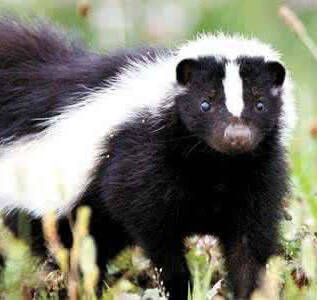
The white-necked weasel (scientific name Poecilogale albinucha) is a small carnivore. It is smaller than the honey badger. The important thing is that it has a white neck, which is very similar to the "white hair" of the honey badger. In addition, the back of the white-necked weasel is als...
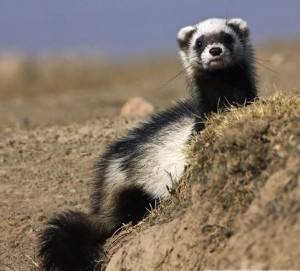
The African sagebrush (scientific name Ictonyx striatus), also known as zorille, usually lives alone and hunts at night. The African sagebrush is an aggressive and territorial animal. It usually marks its territory with feces and anal scent gland spray. The spray released by the odor glands can cove...
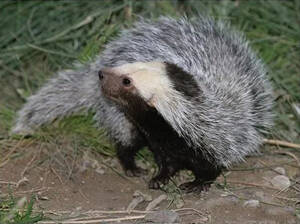
The grassland weasel (scientific name Lyncodonpatagonicus), also known as the Patagonian weasel, is a genus of the Mustelidae family in the order Carnivora, living on the Pampas in South America. Its specific habits are unknown.Local ranchers keep prairie ferrets as working pets (similar to cats and...
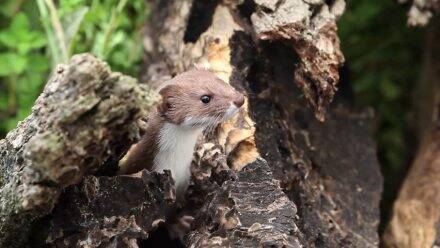
Vietnamese weasel (scientific name: Mustela tonkinensis) is called Tonkin Weasel in foreign language and is only distributed in Vietnam.Vietnamese weasel mainly forages during the day and moves quickly and agilely. Its vision, hearing and sense of smell are very sensitive. It feeds on small rodents,...
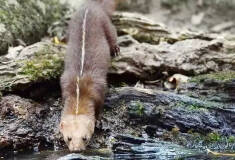
Stripe-backed Weasel (scientific name: Mustela strigidorsa) is also known as Stripe-backed Weasel or Back-striped Weasel in foreign languages. Its size and body color are similar to those of the yellow-bellied weasel, and it has no subspecies.Stripe-backed Weasel may be a diurnal species, mostly act...

Egyptian Weasel (scientific name: Mustela subpalmata), foreign name Egyptian Weasel, no subspecies.The Egyptian weasel species population is thought to have occurred in northern and eastern Israel since the Ice Age, where there are traces of more widespread populations, such as fossils found at Shaa...
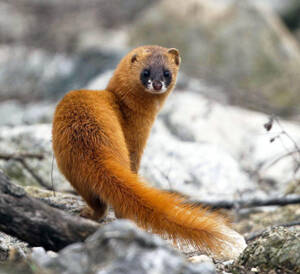
The yellow weasel (scientific name: Mustela sibirica) is also known as the Siberian Weasel. It is a small carnivore of the family Mustelidae and the class Mammalia. It has 12 subspecies and is commonly known as the yellow weasel.The yellow weasel is a nocturnal animal, especially active in the early...
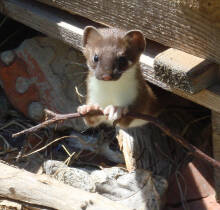
Sichuan Weasel (scientific name: Mustela russelliana) is also known as Sichuan Weasel and Lackedteeth Pygmy Weasel. It was once a subspecies of Pygmy Weasel. It was classified as an independent species in 2003 without subspecies.Sichuan Weasel is fast and agile. Vision, hearing and smell are very go...
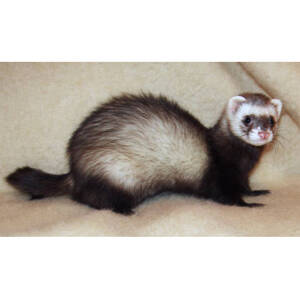
The forest weasel (scientific name: Mustela putorius) is also known as Western Polecat and European Polecat in foreign languages. There are 7 subspecies in total.Most forest weasels are solitary creatures, prefer to live alone, and have a strong sense of territory. They act alone, appear in pairs on...
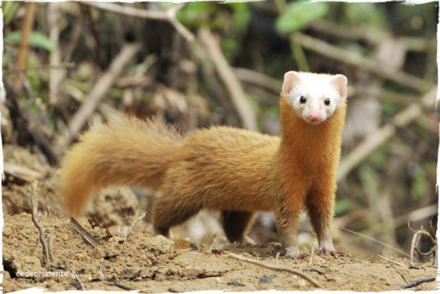
Malay Weasel (scientific name: Mustela nudipes) is also known as Malay Weasel in English. There are 2 subspecies. Specific habits are unknownListed in the 2015 Red List of Endangered Species of the World Conservation Union (IUCN) ver 3.1-Least Concern (LC).Protect wild animals and stop eating game.M...

Least Weasel (scientific name: Mustela nivalis) is also known as Least Weasel in foreign language. There are 7 subspecies.Least Weasel usually moves alone. They often go out to forage during the day. Their hunting areas are generally fixed. Unless food is extremely scarce, they will not leave their...
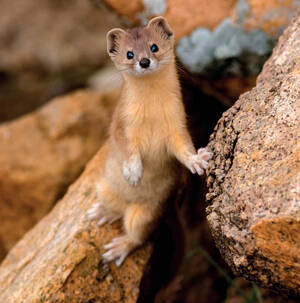
Mustela altaica (scientific name: Mustela altaica) is a small to medium-sized weasel with 4 subspecies.Mustela altaica is mostly active alone, active during the day or at night, and is more active at dawn and dusk. It lives in caves. It likes to live in caves, but it is not good at digging holes. It...